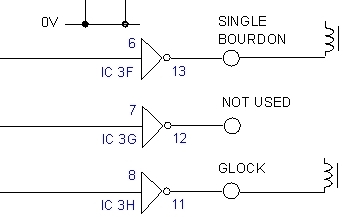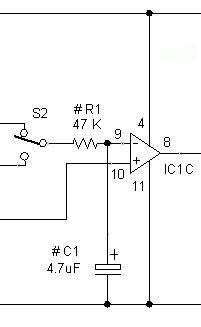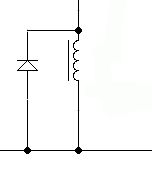# 7, Accompaniment Windchest, in Construction Drawings
As pointed out by David Seager, the offset for the lower A pipe is shown as 1.25".
It should be 1.75" - to place the pipe in the centre of the available space.
Scales for John Smith Topsy 3, page 25
As pointed out by Bill Klinger, the octave numbers beside each of the A notes should be disregarded completely (my editor got confused!)
MIDI Set-up files
There are a couple of errors in the MIDI set-up files supplied
before August 2010, so please send an e-mail to request corrected copies - which will also include extra tuning files
Fig 8 on Page 53 - Bellows Motor Speed Control
IC1 is an LM324, not LM342. The power pins should be: Pin 4 connected to +12V; pin 11 to 0V.
#13, Counter Melody Pipes
In the table, for note D#, the entry in the Int Depth column should read 1 1/4 not 1 3/16.
Also, for note E, the Int Depth and Int Width figures should both be 1 3/16
#14, Melody Octave Pipes
The dimension in the 'ALL PIPE WALLS . . . . ' note should be 3/32" not 3/36"
# 8, Melody Bourdons
The lower F# pipe is missing from the table, but as shown in the cutting list, its dimensions are the same as the F pipe. On the other hand, the top G pipe is included in the table, but is NOT needed - it is the MIDI note used for the Snare Drum
# 6, Accompaniment Pipes
The width and depth on the Full Size A# pipe drawing do not match the dimensions given in the table, so use the table dimensions for cutting - not forgetting to add 2 x wall thickness to internal depth dimension


